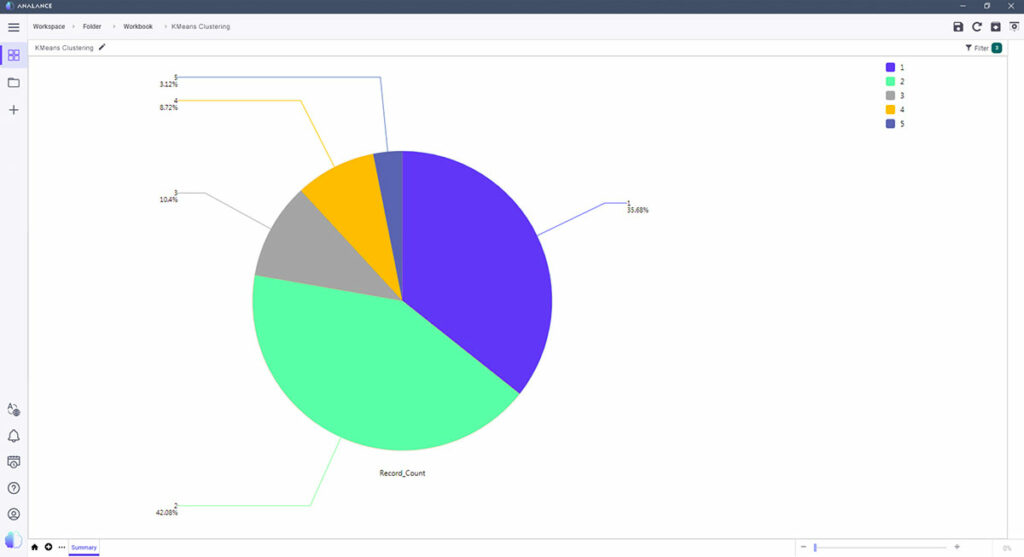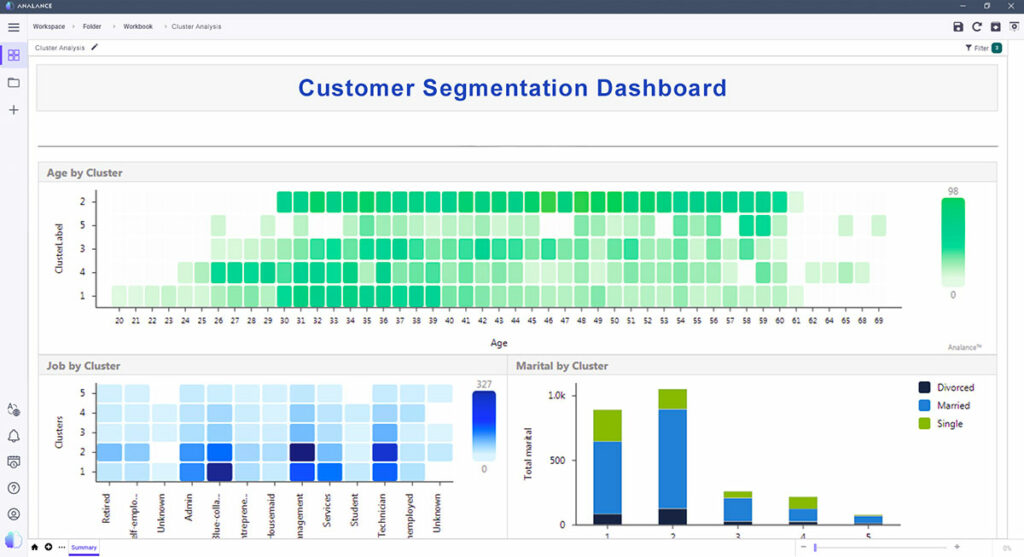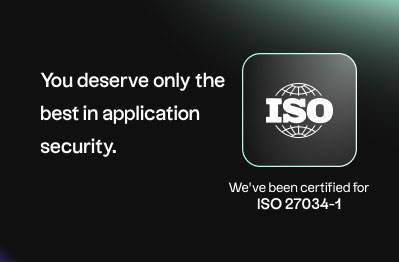
Modern day marketers have a mountain to climb. You need to ensure that you deliver a continuous and consistent brand experience and meet customer demands across a broader ecosystem. This has led to a major shift in the marketing world: from being product-centric to becoming customer-centric.
As such, it has become increasingly crucial to achieve a refined understanding of your target market. Marketing campaigns driven by a thorough understanding of customer behavior can lead to valuable insights for strategic marketing.
This is why incorporating predictive analytics in marketing efforts is crucial. Create clear customer segments and use these to cater to individual preferences, deliver personalized content and offers, and boost satisfaction and engagement.
Creating customer segments
When you don’t have clearly defined customer segments, customizing experiences and delivering a great brand experience can be challenging. Not all customers are the same. Each one has different needs and preferences. And a one-size-fits-all campaign will not be as effective as one that’s contextual, targeted, and personalized.
Through machine learning, you can tap into customer data and create segments based on certain dimensions. This way, you’ll be able to understand the patterns that differentiate your customers and at the same time, identify the common attributes that led to those clusters.
Identifying customer segments also makes it easier to evaluate customers and get insight into potential behavior. That is the core of a predictive analytics strategy, after all: determining the likelihood of an event (such as purchasing a product) occurring.
For example, if you want to determine which of your prospects are likely to buy a certain product, you can create defined segments based on historical customer data. As shown in the dashboard below, a bank was able to identify five customer segments based on client data, communication details, and other attributes. These resulting customer profiles were able to help them determine marketing focus and identify who are most likely to sign up for their bank term deposit product.


Make the most out of segmentation and take targeting to a whole new level by offering customized experiences at every touchpoint. Send more relevant messages, offer personalized product features, and create experiences that are sure to resonate with that particular segment.
In this case, knowing that a certain segment has a higher likelihood to purchase this product will encourage you to design campaigns around those customers and figure out ways to reach out to them more effectively. You can send special promotions and offers to these customers in order to capture their interest and encourage engagement.
Taking segmentation a step further
With visibility into what sets your customers apart and their future patterns, not only can you meet their needs, you can anticipate them as well. Deliver what they need way ahead of time—even before your competitors make a similar or better offer—in order to create an outstanding experience and truly satisfy customers.
Providing this kind of data-driven, personalized experience will make your customers feel valued and heard, effectively engaging them and aiding in retention. In the long run, it might even create loyal brand advocates, helping you attract and acquire new prospects.





